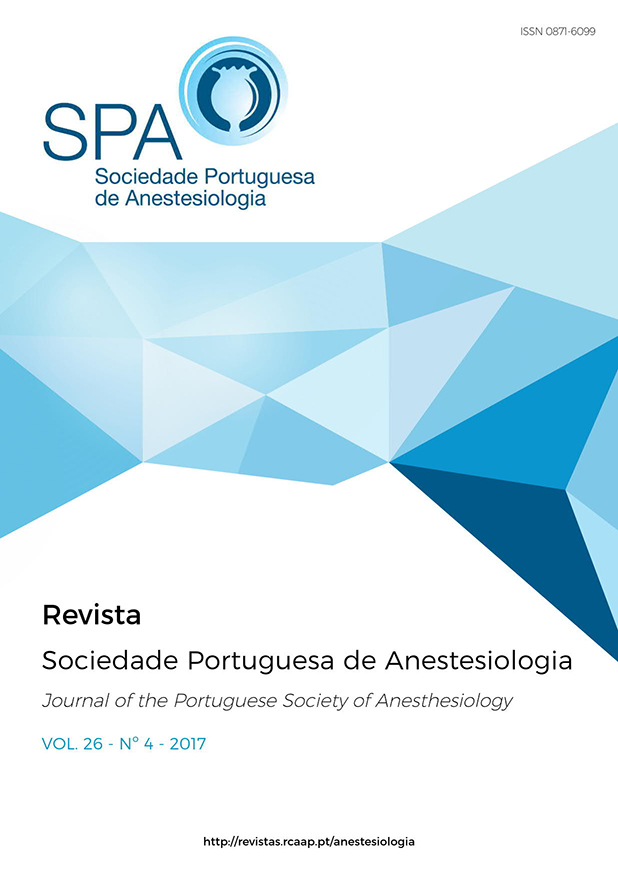Bloqueio periférico guiado por Ultrassonografia em paciente portador da síndrome de Charcot-Marie-Tooth tipo 2
DOI:
https://doi.org/10.25751/rspa.11944Keywords:
Anestesia, doença de Charcot-Marie-Tooth, doenças rarasAbstract
A doença de Charcot-Marie-Tooth (DCMT) é uma neuropatia hereditária caracterizada por fraqueza muscular, originando deformidades, diminuição de reflexos profundos e déficits sensitivos. Na DCMT os cuidados incluem terapia de reabilitação e cirurgias para correção de deformidades esqueléticas. Paciente masculino, 17 anos, portador da DCMT tipo 2, admitido para artroplastia total de quadril esquerdo. A anestesia planejada foi a venosa total alvo controlada e bloqueio de nervos periféricos guiados por ultrassonografia. A indução anestésica foi realizada com remifentanil e propofol. Não foi utilizado nenhum relaxante muscular. O despertar foi tranquilo e sem dor. A dor foi avaliada pela Escala Visual Analógica nas 6, 18 e 24 horas após o procedimento. A técnica de anestesia venosa total alvo controlada livre de relaxantes musculares e halogenados associada a bloqueio de nervos periféricos guiado por ultrassonografia tem se mostrado segura em pacientes portadores da DCMT.Downloads
Download data is not yet available.
Published
2017-12-14
How to Cite
rodrigues, joao alberto martins, Cechinel, C., Lopes, M. B., Brichta, S. do R., & Alexandrino, R. (2017). Bloqueio periférico guiado por Ultrassonografia em paciente portador da síndrome de Charcot-Marie-Tooth tipo 2. Journal of the Portuguese Society of Anesthesiology, 26(4). https://doi.org/10.25751/rspa.11944
Issue
Section
Case Report
License
Articles are freely available to be read, downloaded and shared from the time of publication.
The RSPA reserves the right to commercialize the article as an integral part of the journal (in the preparation of reprints, for example). The author should accompany the submission letter with a declaration of copyright transfer for commercial purposes.
Articles are published under the terms of the Creative Commons Attribution Non-Commercial License (CC BY-NC).
After publication in RSPA, authors are allowed to make their articles available in repositories of their home institutions, as long as they always mention where they were published.


